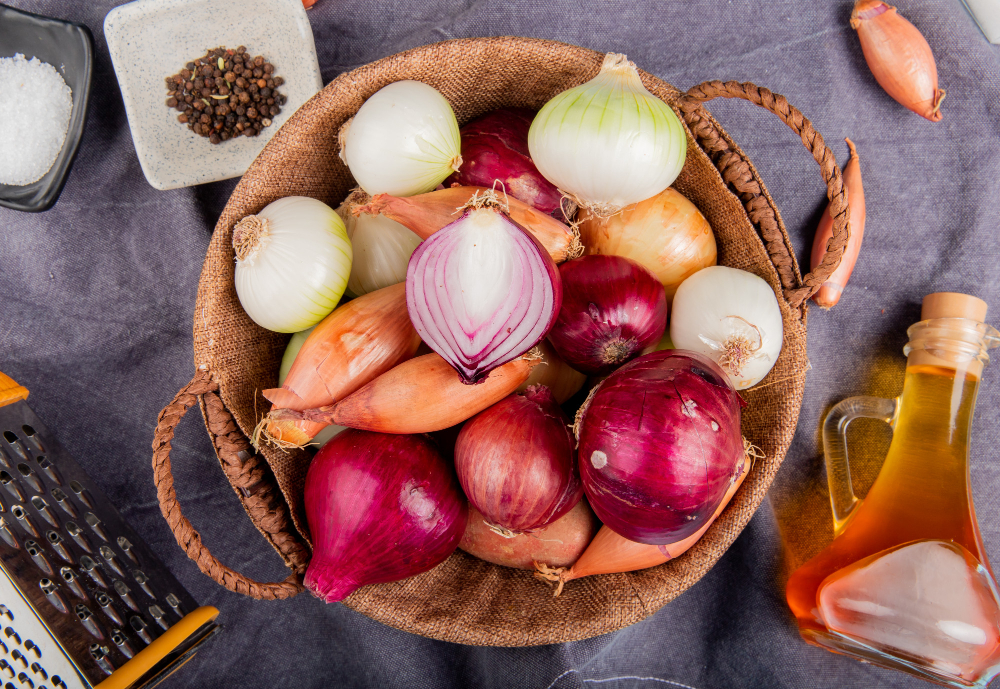
Onion – TT & IFCA
White? Yellow? Red? Which type of onion is the right one to use for what? Allow us to explain.
We love the fact that there are different types of onions out there because each has its own special qualities a distinct onion personality, if you will. Whether it’s a white onion, yellow onion, or red onion, there’s something each one can do better than the other two. It’s all about diversity.
White Onion
These are usually the most mild of the onion varieties, so we like to use white onions in salads and on sandwiches. Basically, if you’re going to eat an onion raw, the white onion is what you want to reach for. And while they’re pretty mild on their own, you can further tame their flame by slicing one thinly and giving it an hour-long soak in cold water they’ll be so sweet, you can practically eat them like a salad.
You’ll also see Vidalia and Maui onions mentioned in the same category as white onions. While they are white onions, both varieties contain a much higher sugar content and even lower sulfur content.
Red Onion
Sweetness is the red onion’s greatest strength. The sharpness of its flavor and the intensity of its smell are slightly more potent than that of the white onion, but the sugar content is much higher. That natural sweetness makes them a prime candidate for pickling, which we love to do when tacos, pizza, or fried rice are involved. The other obvious draw to a red onion is its color. That deep red hue provides a nice variety in color that other onions don’t.
And when it comes to grilling, red onions are our first choice. Cut into wedges, they char nicely on the grill, and their interior texture goes jammy, instead of mushy, like white and yellow onions tend to do.
Yellow Onion
You don’t want to eat a raw yellow onion. We cook these onions 100 percent of the time out of respect for the health and wellbeing of our noses and taste buds. While the flavor of a yellow onion (also commonly called a Spanish onion) is fantastic in its own assertive way, it comes with a very high sulfur content. Cooking out that intense sharpness paves the way for the sweet onion flavor to shine, which is why we prefer yellow onions whenever we caramelize.
